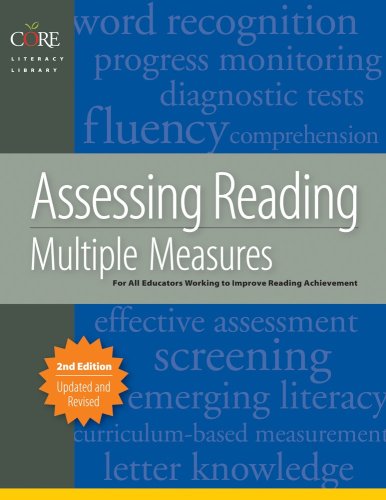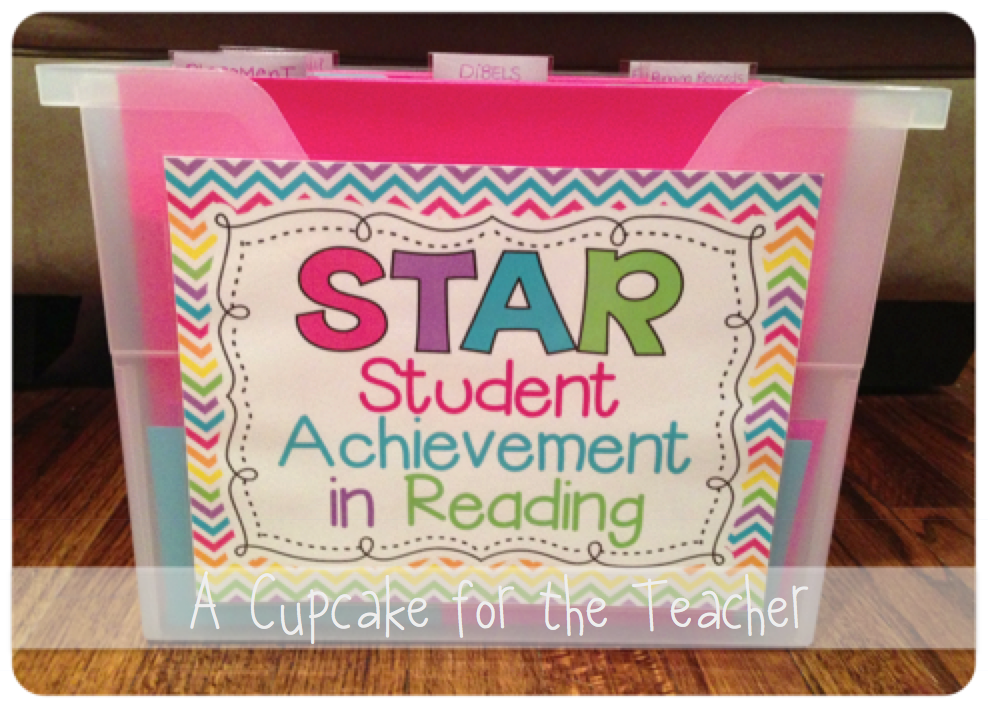 | ||
| http://www.pinterest.com/pin/363384263654991026/ |
Great idea to keep books related to administering and
integrating multiple assessment measures in your
classroom as points of cross-reference
In a classroom environment wherein many students are performing below average, I think that it becomes more crucial to determine the flaws in their reading capabilities and address such adequately.
The article offers multiple instruction methods, and stresses the importance of aligning all on a comparable scale, so that discrepancies can be addressed and contradictory tests tweaked and re-administered.
1. Cloze test: Figure out what words could fit into deletions in a passage (semantics and syntax)
2. Informal Reading Inventories (IRA): post-reading questions to test comprehension (teacher made)
3. Running Records: oral reading testing accuracy (three passages)
4. Standardized Tests: controlled externally
Although Rubin's is only one of many diverse opinions, I do believe that making time (which is perhaps the most difficult part) to administer a variety of tests, as well as to create a comparable scale of evaluation (or adopt his) is extremely beneficial to both the teacher and the student. It allows the teacher to garner in-depth data as to how a child might be struggling to back up preconceived notions they may have had. It also allows the student the opportunity to get more individualized instruction targeting their specific needs, or to be placed with other students with the same issues and instructed in a group setting. Conversely, it allows students who struggle in different areas to be placed together, so that they can mentor one another on their strengths, allowing every student to gain confidence and feel successful.
I have found another blog on guided reading assessments
that I think is extremely helpful, informative, and creative.
snippetsbysarah.blogspot.ca/2012/05/guided-reading-assessments.html
Ms. Sarah keeps track of her students' progress through a menagerie
of sheets that she has designed.
These sheets and other assessment records can be
kept in a cute box in an accessible portion of the classroom.
 |
| http://www.pinterest.com/pin/363384263654991043/ |
What other scales of reading comprehension can one integrate into assessment instruction besides 1) Frustration 2) Instructional 3) Independent?
Do you think that splitting the categories further (i.e. making more than three) would be a more accurate depiction of a child's reading level, or are the methods of assessment too diverse to compare to a more exact categorization?


No comments:
Post a Comment